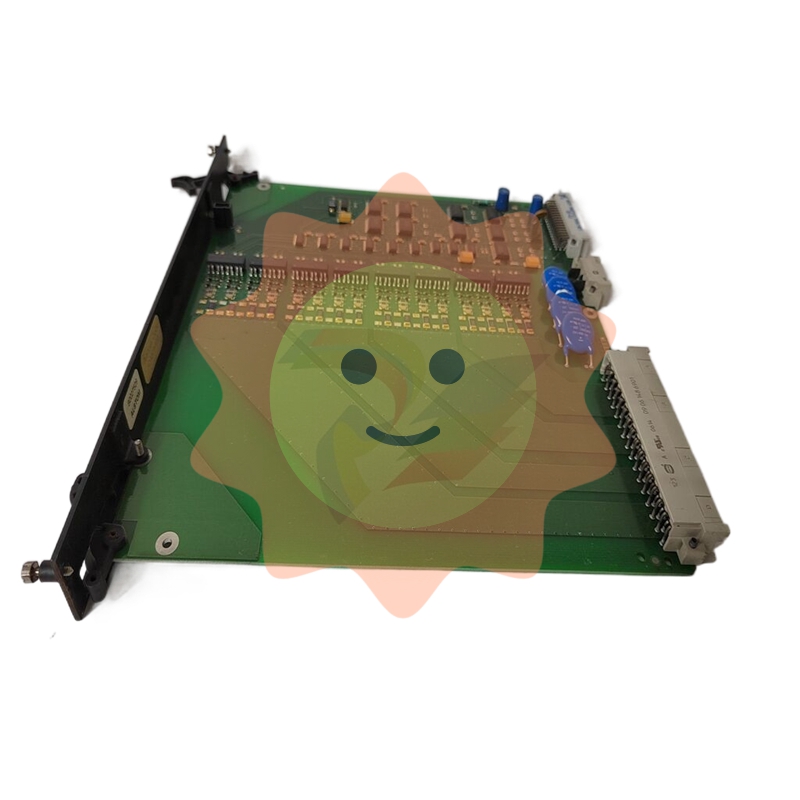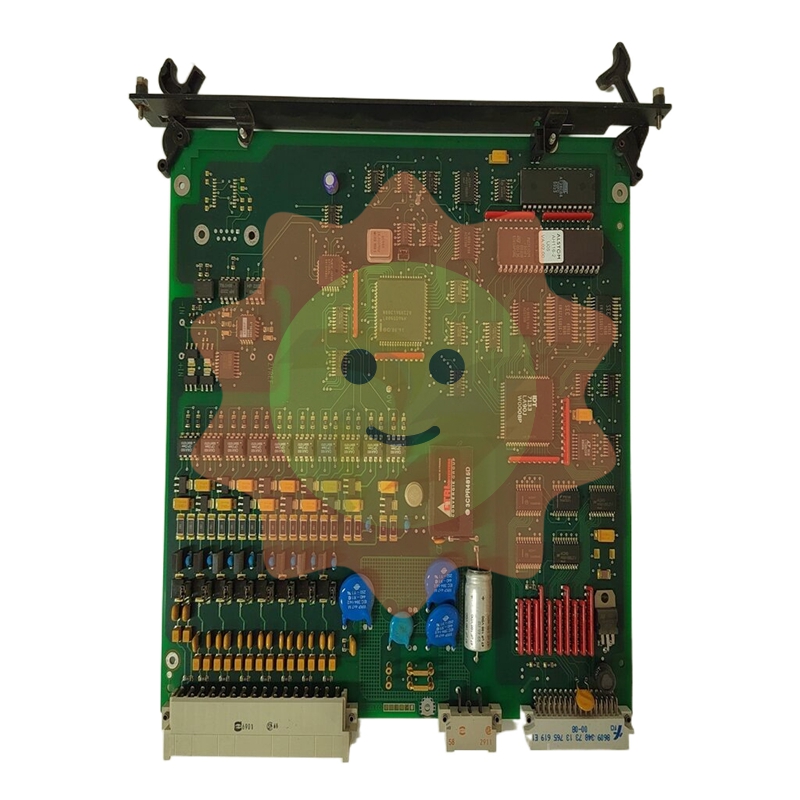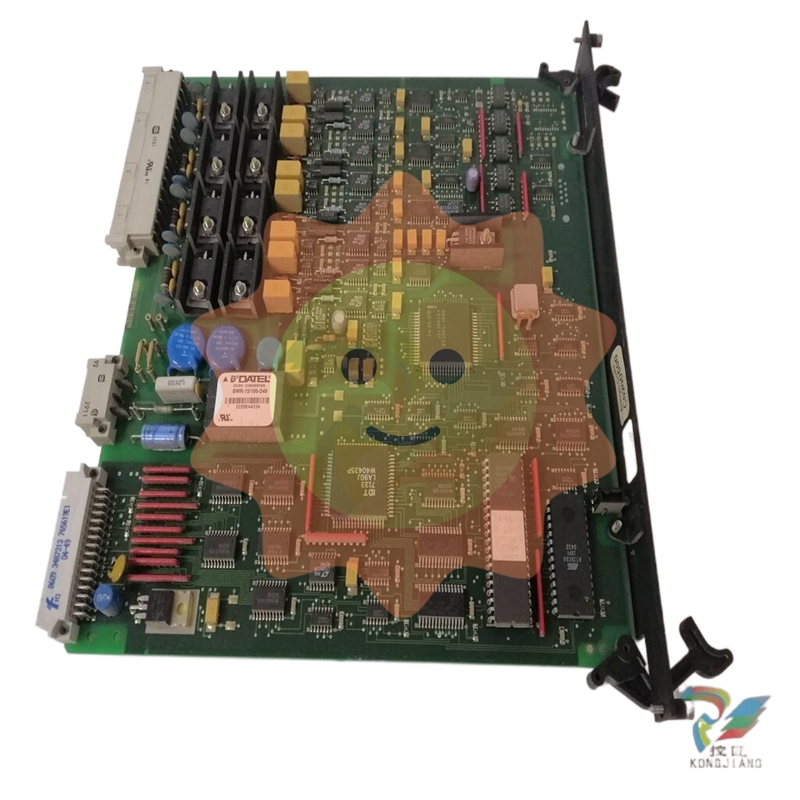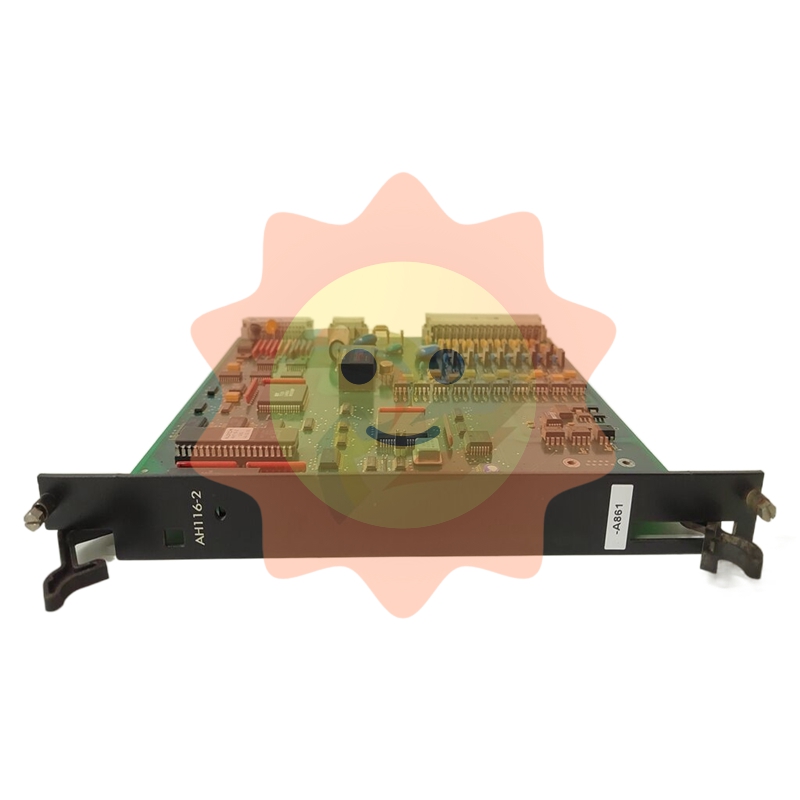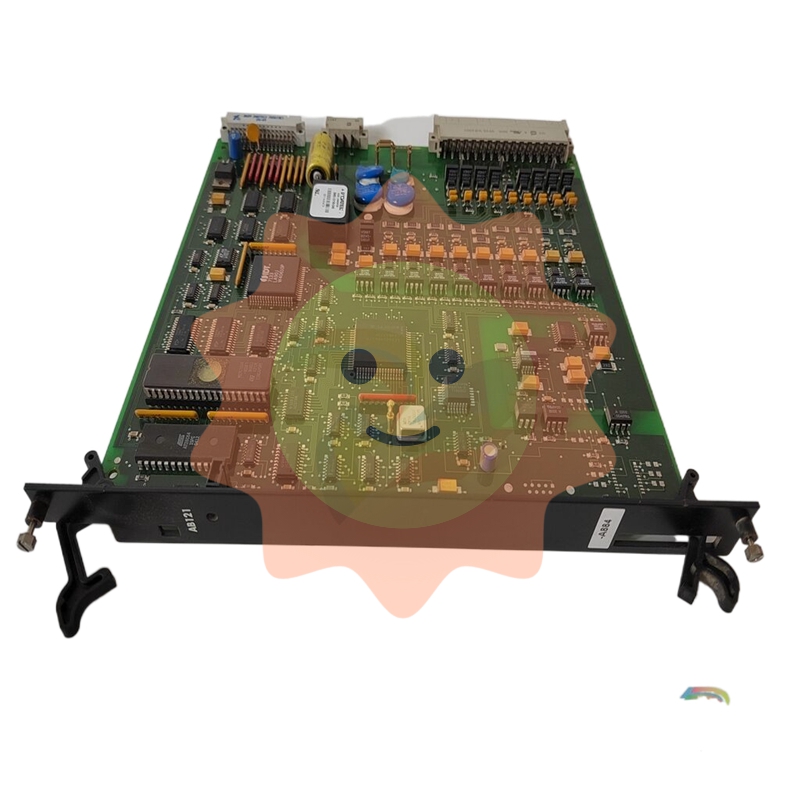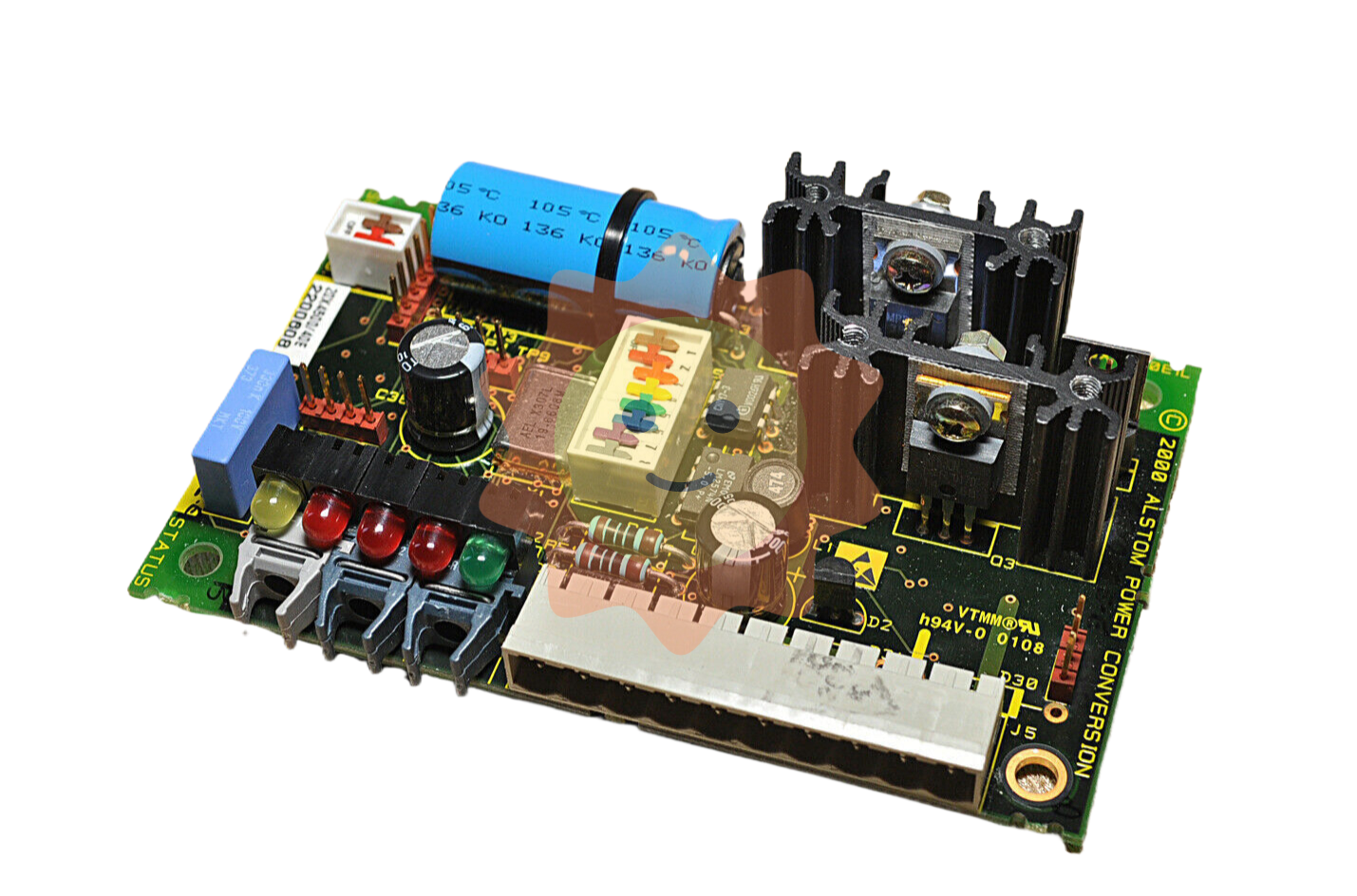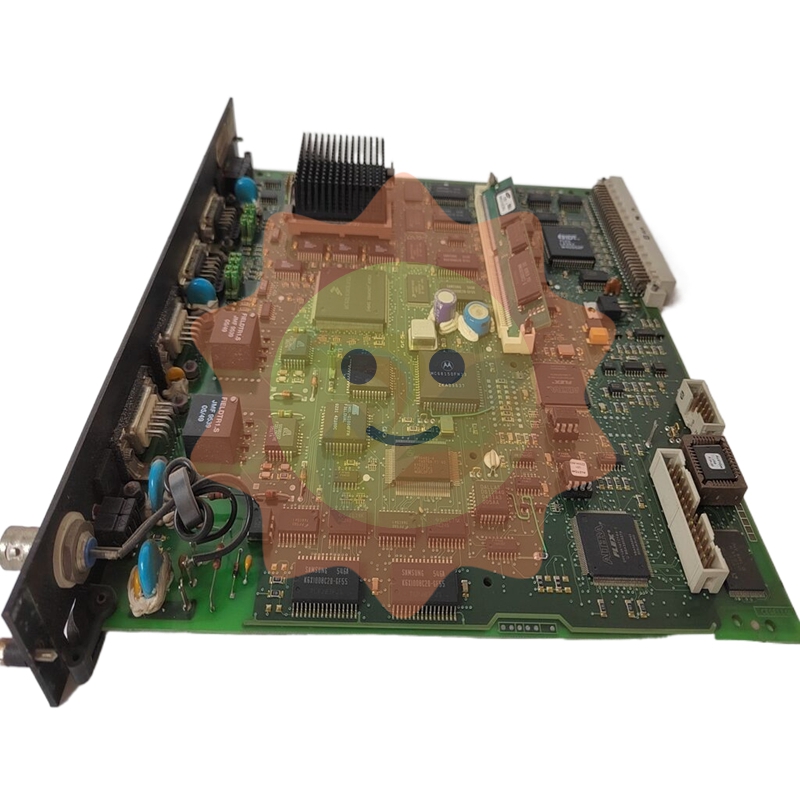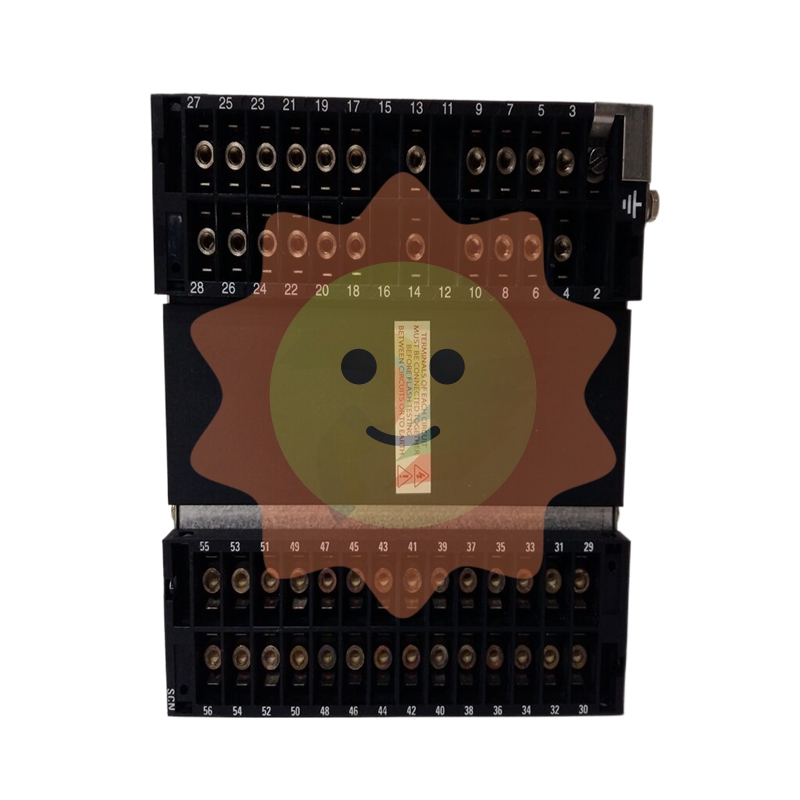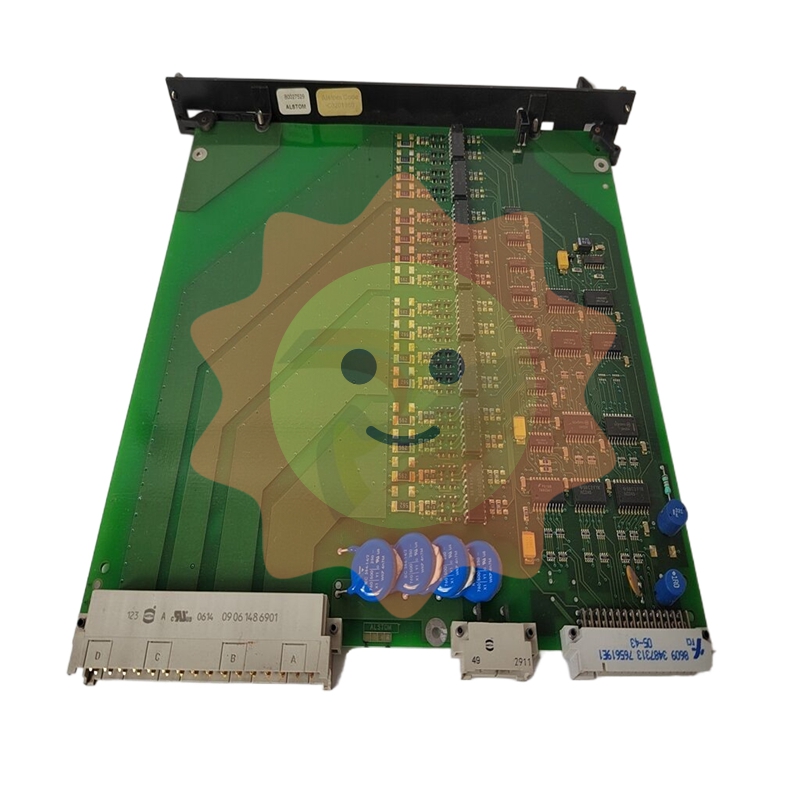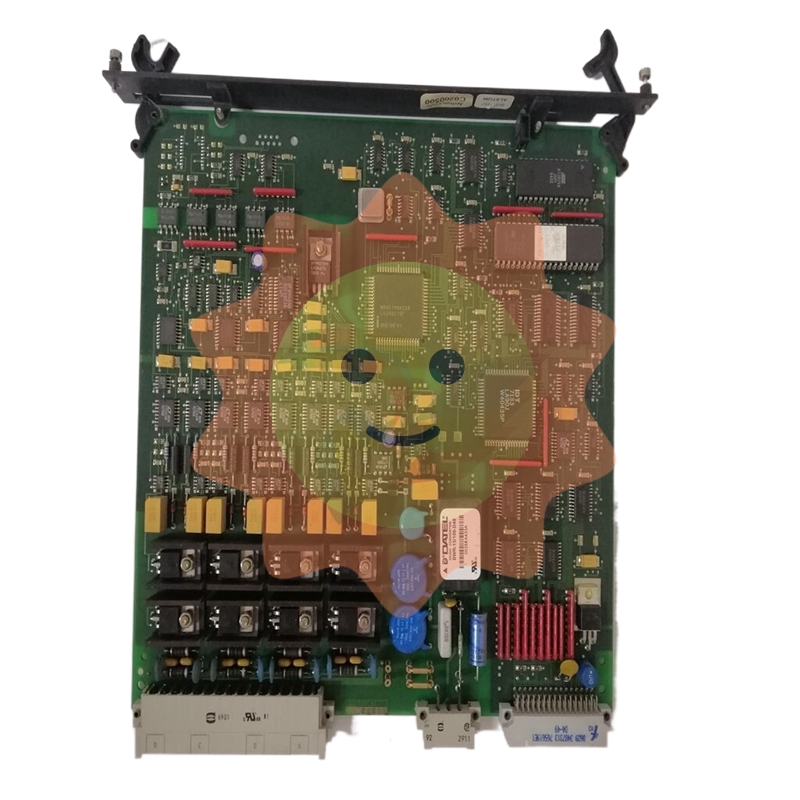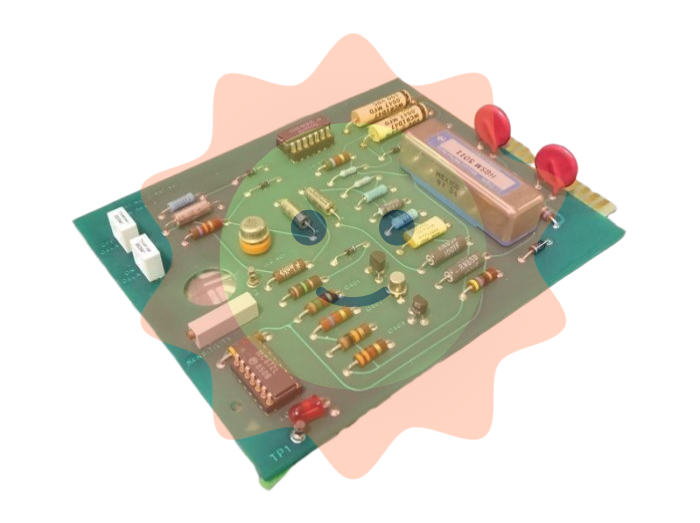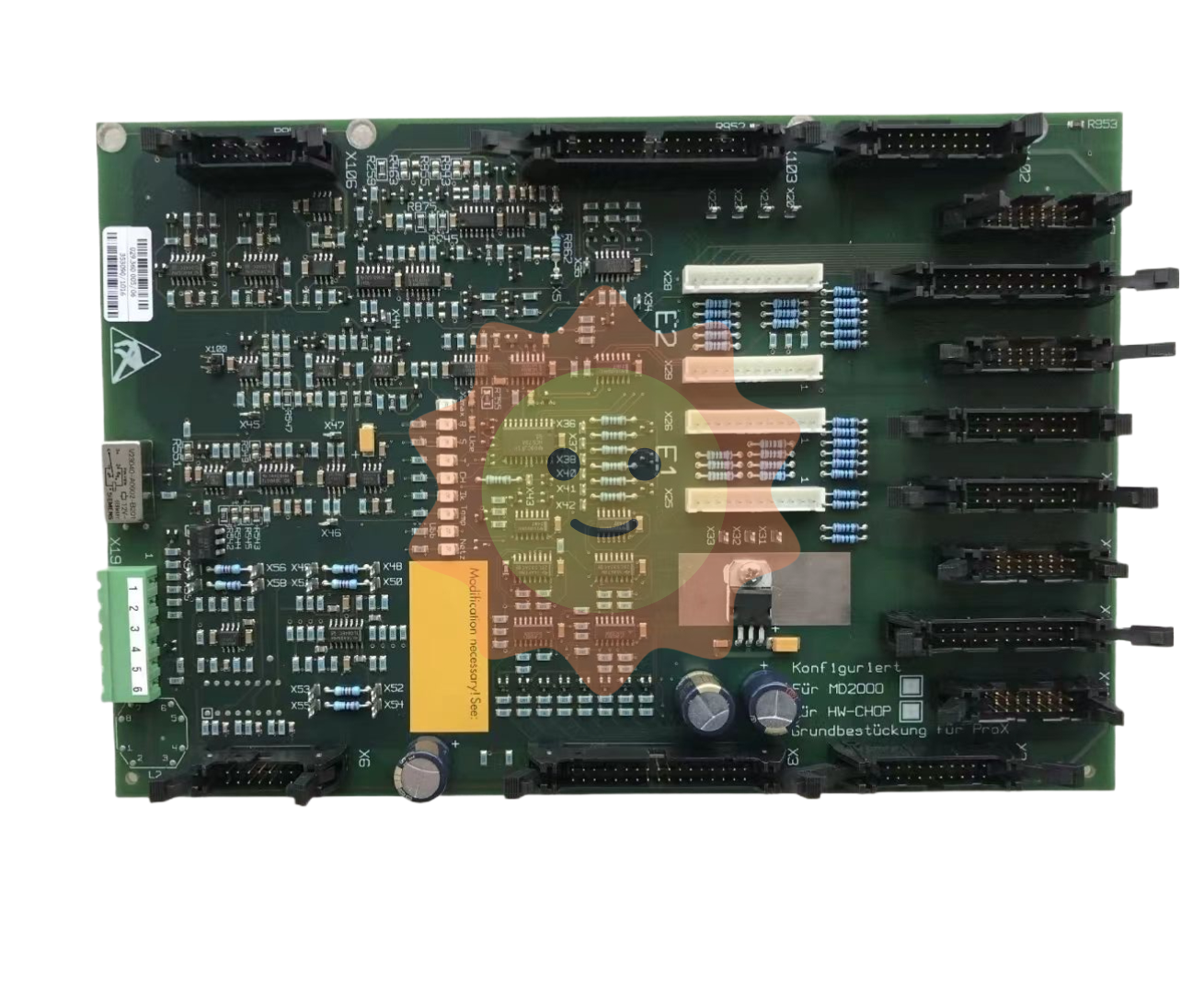From the ideological evolution of printing and Song Dynasty literature and art, the development and influence behind it are analyzed
The origin of printing and its rise in the Song Dynasty
The origins of printing can be traced back to the Han Dynasty in 104 BC, when jute paper books were already available in China, but books remained precious objects due to the inefficiency of handwritten books. In the 7th century, the printing of the Tang Dynasty had a relatively mature development, and a variety of printing methods such as block printing and movable type printing appeared. But the printing technology at that time still had many limitations, and fewer books were printed.
In the Song Dynasty, printing was more widely used and developed, and a variety of printing methods such as block printing and movable type printing appeared. The development of these technologies greatly improved the production efficiency of printing, and a large number of books began to be printed and published. For example, the King James Tripitaka of the Northern Song Dynasty was a huge project, with 75,000 volumes printed, including Chinese Buddhist and Confucian classics.
In the Song Dynasty, movable type printing became the main printing method. Movable type printing refers to the typesetting of movable type materials such as type and wood type, and the printing press prints according to the shape and size of the typesetting. The emergence of this printing method has greatly improved the production efficiency of printing. The printing technology of the Song Dynasty gradually matured, the fineness of movable type printing was also greatly improved, and the printed books gradually became exquisite.
The development of printing
After the Song Dynasty, printing was more widely used and developed. During the Ming Dynasty, Zhu Quan invented the movable type copper printing machine, which further improved the efficiency and speed of printing. During the Qing Dynasty, printing technology from Europe was introduced into China, bringing new developments and changes in printing.
The development of modern printing, based on the basis of traditional printing, adopts more advanced technology and equipment. For example, the emergence of new technologies such as digital printing and electronic printing has made printing enter a new era. Digital technology allows images and text to be transferred directly from the computer to the printing press, greatly improving the speed and efficiency of production, while also ensuring the quality of printed matter.
In addition, there are other technological innovations in modern printing, such as flexible plate printing, intaglio printing, lithography, flexographic printing and so on. The emergence of these technologies not only improves the quality and efficiency of printed matter, but also provides a wider range of applications for other fields, such as packaging printing, label printing, art printing, decorative printing, etc.

3. The influence of printing
The rise of printing not only changed the production mode of books, but also had a profound impact on the development of society. First of all, the emergence of printing made it easier and faster to spread knowledge and culture, which was conducive to the progress of all fields of society.
Secondly, the rise of printing also greatly reduced the price of books, and ordinary people were able to buy more books, which also promoted the popularization of culture. Finally, the development of printing also promoted the development of the economy, and the rise of printing industry brought great contributions to the economy at that time.
In addition to this, printing had a profound impact on other aspects of the cultural and social sphere. The rise of printing provided an important technical basis for the development of modern journalism, enabling news reports to be disseminated more quickly and accurately. The development of printing also provides more means for publicity and advertising, such as posters, leaflets, etc., which is conducive to the publicity and promotion of various products and activities.
The prosperity of literature and art in Song Dynasty and the evolution of thought
The prosperity of literature and art in the Song Dynasty was an important period in the history of Chinese literature, with a large number of literary works, various schools and styles, and a variety of literary forms such as poetry, prose, novels and opera were widely developed and disseminated. Under this background, the ideological evolution of Song Dynasty literature and art is also very significant, showing the evolution from civilizationism to freedom and openness.
1. The prosperity of literature and art in Song Dynasty
Poetry: Song Dynasty poetry is one of the representatives of the prosperity of literature and art, and is an important period of Chinese classical poetry. The Song Dynasty poetry is characterized by its emphasis on the use of classics, rich rhetoric and variety of genres. The representative writers are Su Shi, Xin Qiji, Li Qingzhao and so on. Their poetry plays an important role in the later literary history.
Prose: The prose of Song Dynasty is mainly composed of rhythmical prose, beautiful in form and rich in language. Representative writers include Ouyang Xiu, Wang Anshi and Su Shi, whose prose was widely circulated in the Song Dynasty.
Novels: The representative novels of the Song Dynasty are "Water Margin", "Journey to the West", "Dream of Red Mansions", etc. These novels have become classic works of Chinese classical literature. The novels of the Song Dynasty pay attention to the plot and the characterization of characters, showing the distinctive characteristics of The Times.
Opera: Opera in the Song Dynasty was another important expression of the prosperity of literature and art. The prosperity of Southern opera and Northern opera, as well as the development of opera performance art, made opera an indispensable part of people's life at that time. The Selection of Yuan Qu, written by Li Shizhong in the Southern Song Dynasty, contains many operas of that time and has become an important document in the history of Chinese literature.
2. Evolution of literary and artistic thought in Song Dynasty
Early stage: The early stage of the Song Dynasty emphasized the role of education, and most of the literary works were narrated, reflecting the realistic problems of the society at that time and thinking about the philosophy of life. The representative writers are Su Shi, Ouyang Xiu and so on.
Su Shi's Dongpo Yuefu is a collection of poems full of educational significance, which conveys the understanding and pursuit of life by reflecting various emotions and circumstances in life. Ouyang Xiu's Shengzhazi pays more attention to education and enlightenment, guiding readers to correct moral values and attitudes towards life through fables and warning stories.
Later period: The later period of Song Dynasty literature and art showed a more free and open ideological tendency. With the development of society and the progress of culture, people's ideas are gradually diversified and open, and this change of ideas is also reflected in literary and artistic works.
Representative writers include Xin Qiji and Lu You, whose works pay more attention to personal feelings and emotional expression. Lu You focused on expressing his views on the current situation and social issues, and his poems and essays mostly reflected his concern about the current politics and his reflection on human nature.

3. Reasons for the prosperity of literature and art in Song Dynasty
Peace and stability: Song Dynasty was a relatively peaceful and stable period, social stability and national prosperity provided the basic conditions for the prosperity of literature and art.
Social prosperity: The Song Dynasty was a period of economic and cultural prosperity, which provided a good production environment and broad creative space for literary creation.
The Song Dynasty cultivated many outstanding writers and artists, such as Su Shi, Xin Qiji, Ouyang Xiu and so on. The emergence and development of these talents promoted the prosperity and development of literature and art.
Social needs: The development and changes of the Song Dynasty society brought more demands for culture and art, and literary works gradually diversified and enriched.
Fifth, the mutual promotion of printing and literature in Song Dynasty
The rise of printing provided important technical basis and conditions for the prosperity of literature and art in the Song Dynasty. Meanwhile, the development of literature and art in the Song Dynasty also promoted the further development and popularization of printing. This mutually reinforcing relationship is described in detail below.
1. Printing promoted the prosperity of literature and art in the Song Dynasty
Promoting the circulation of literary works: The rise of printing made the production and reproduction of books easier and faster, and a large number of literary works began to be printed and circulated. This provided important technical basis and conditions for the prosperity of literature and art in Song Dynasty.
Promote the dissemination of literary works: The emergence of printing makes literary works can be more widely disseminated to more readers, making the influence of literary works greatly expanded. This provided an important social foundation for the prosperity and inheritance of literature and art in Song Dynasty.
Promote the creation of literary works: The rise of printing made it easier to copy and circulate literary works, which also provided writers with a wider audience and more creative opportunities, making the creation of literary works has been greater incentive.
2. Literature and art in the Song Dynasty promoted the development of printing
Promote the progress of printing technology: The development of literature and art in the Song Dynasty promoted the progress and development of printing technology. For example, in movable type printing, writers and publishers at the time were increasingly demanding printing technology, which made printing technology constantly improved and upgraded.
Promoting the innovation of printed matter: The prosperity of literature and art in the Song Dynasty promoted the innovation and diversification of printed matter. For example, in the binding of books, publishers not only pay attention to the content of the printed matter, but also pay attention to its formal beauty, so there have been many breakthroughs and innovations in the binding.

Promoting the sale of printed matter: The prosperity of literature and art in the Song Dynasty made literary works more widely disseminated and circulated, and also provided a good market environment and foundation for the sale of printed matter. The popularization and development of printing also provided a more extensive and convenient channel for the sale of literary works.
The mutual promotion of printing and literature and art in Song Dynasty was one of the important characteristics of cultural development at that time. The rise of printing provides a new way and means for the dissemination of literary works, which greatly promotes the dissemination and popularity of literary works. For example, with the publication of A Dream of Red Mansions, the work has been widely disseminated throughout the country and has become one of the classics in the history of Chinese literature.
On the other hand, the prosperity of literary and artistic creation also promoted the development of printing. In the Song Dynasty, the literati and scholars had a saying that "grinding ink and sharpening knives did not go out, but traveled thousands of miles by printing books", which shows that they not only attached importance to the creation of literary works, but also paid attention to the dissemination and circulation of literary works.
In order to better promote their works, scholars not only spread their works through manuscripts and loans, but also print and publish their works through the means of printing, so that more people can read and understand their works.
The mutual promotion of printing and literary and artistic creation is also reflected in the evolution of literary and artistic thought and the change of creative form. For example, the rise of printing has made literary works more widely circulated and disseminated, and the content and ideas of literary works have gradually diversified and opened up, showing more free and true emotions and thoughts. On the other hand, the prosperity and changes of literary and artistic creation, in turn, also affected the development of printing, and promoted the continuous improvement and innovation of printing technology.
- EMERSON
- Honeywell
- CTI
- Rolls-Royce
- General Electric
- Woodward
- Yaskawa
- xYCOM
- Motorola
- Siemens
- Rockwell
- ABB
- B&R
- HIMA
- Construction site
- electricity
- Automobile market
- PLC
- DCS
- Motor drivers
- VSD
- Implications
- cement
- CO2
- CEM
- methane
- Artificial intelligence
- Titanic
- Solar energy
- Hydrogen fuel cell
- Hydrogen and fuel cells
- Hydrogen and oxygen fuel cells
- tyre
- Chemical fiber
- dynamo
- corpuscle
- Pulp and paper
- printing
- fossil
- FANUC
- Food and beverage
- Life science
- Sewage treatment
- Personal care
- electricity
- boats
- infrastructure
- Automobile industry
- metallurgy
- Nuclear power generation
- Geothermal power generation
- Water and wastewater
- Infrastructure construction
- Mine hazard
- steel
- papermaking
- Natural gas industry
- Infrastructure construction
- Power and energy
- Rubber and plastic
- Renewable energy
- pharmacy
- mining
- Plastic industry
- Schneider
- Kongsberg
- NI
- Wind energy
- International petroleum
- International new energy network
- gas
- WATLOW
- ProSoft
- SEW
- wind
- ADVANCED
- Reliance
- YOKOGAWA
- TRICONEX
- FOXBORO
- METSO
- MAN
- Advantest
- ADVANCED
- ALSTOM
- Control Wave
- AB
- AMAT
- STUDER
- KONGSBERG
- MOTOROLA
- DANAHER MOTION
- Bentley
- Galil
- EATON
- MOLEX
- Triconex
- DEIF
- B&W
- ZYGO
- Aerotech


email:1583694102@qq.com
wang@kongjiangauto.com


